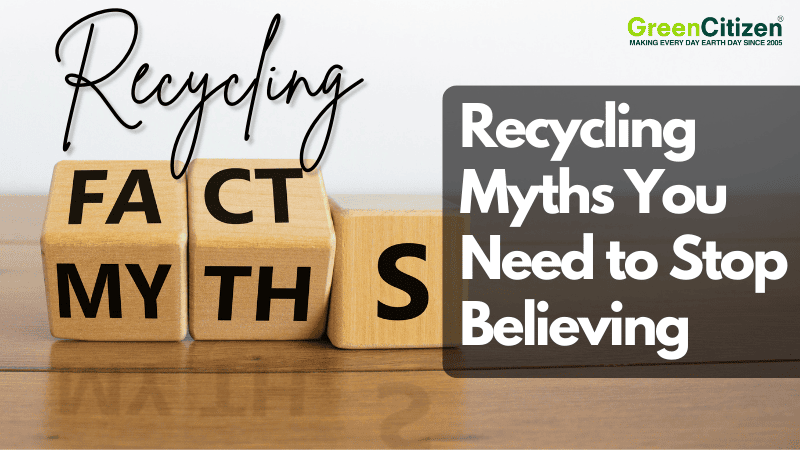Think you’re recycling the right way? You might be falling for common recycling myths without even realizing it.
Every week, millions of well-meaning recyclers toss greasy pizza boxes, plastic bags, and bottle caps into their bins—believing they’re helping the planet. In reality, many of these actions are based on common recycling myths that contaminate recycling streams and make sorting harder for facilities.
From outdated advice to misleading symbols, recycling myths and facts often get blurred. And when misinformation spreads, even the most eco-conscious households can contribute to waste instead of reducing it.
This guide will help you recycle smarter by breaking down 14 of the most widespread recycling myths. We’ll explore why these misconceptions exist, what the latest recycling facts say, and how you can adjust your habits for real environmental impact.
✅ Key Takeaway: Don’t Let Recycling Myths Derail Your Efforts
Falling for recycling myths—like assuming all plastics or pizza boxes are recyclable—can lead to contamination and waste. Always check local guidelines, skip the guesswork, and recycle based on facts, not symbols. Smarter recycling starts with informed choices and helps keep the system effective and sustainable.
Recycling Myth #1: The Recycling Symbol Means an Item Is Recyclable in My Bin
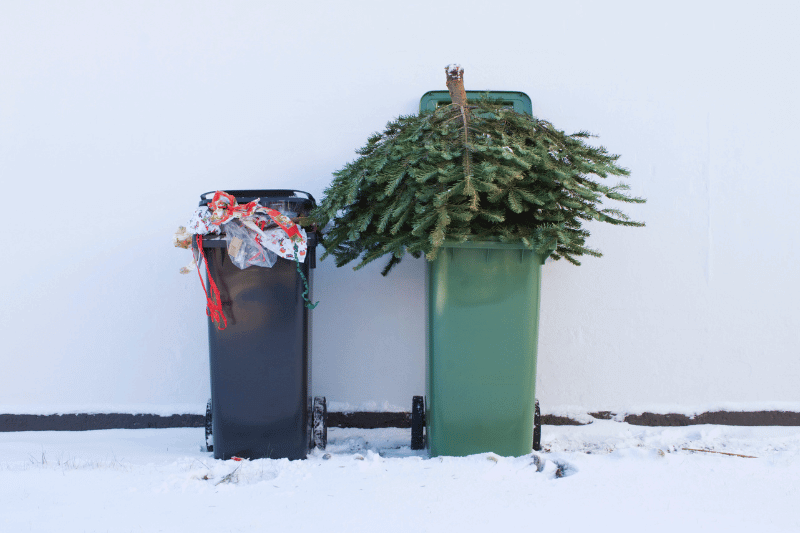
⚠️ Myth: If it has the recycling symbol (♻), it must be recyclable in my curbside bin.
✅ Fact: The symbol only identifies the type of plastic—not whether your local facility accepts it.
Those chasing arrows don’t guarantee recyclability. They indicate the plastic resin code, not whether your local recycling center processes that material. For example, #1 (PET) and #2 (HDPE) plastics are commonly accepted, while #6 (polystyrene) and #7 (mixed plastics) often go to landfill.
Recycling rules vary widely across cities and states. Always check your local guidelines before tossing an item in the bin. This small habit reduces contamination and increases the chances that your recyclables actually get recycled.
Recycling Myth #2: Greasy Pizza Boxes Can’t Be Recycled
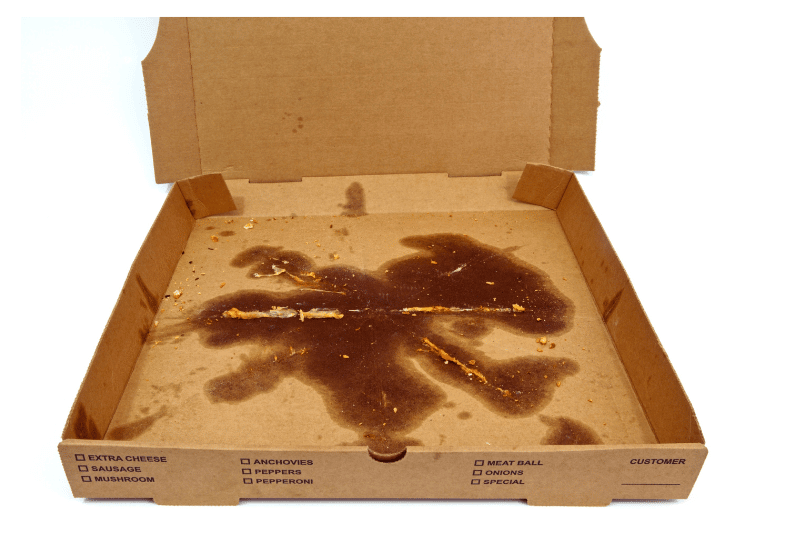
⚠️ Myth: Pizza boxes can’t be recycled because of the grease.
✅ Fact: Most pizza boxes are recyclable—just remove the greasy parts.
While grease and food residue can interfere with paper recycling, the clean sections of the box—especially the lid—are usually fine to recycle. If the bottom is soaked with oil or stuck with cheese, tear it off and discard it, then recycle the clean top.
Some recycling centers even accept lightly soiled boxes, thanks to improved sorting processes. Always check your local guidelines—but in many places, cardboard pizza boxes don’t have to go to waste.
Recycling Myth #3: You Have to Remove Bottle Caps Before Recycling
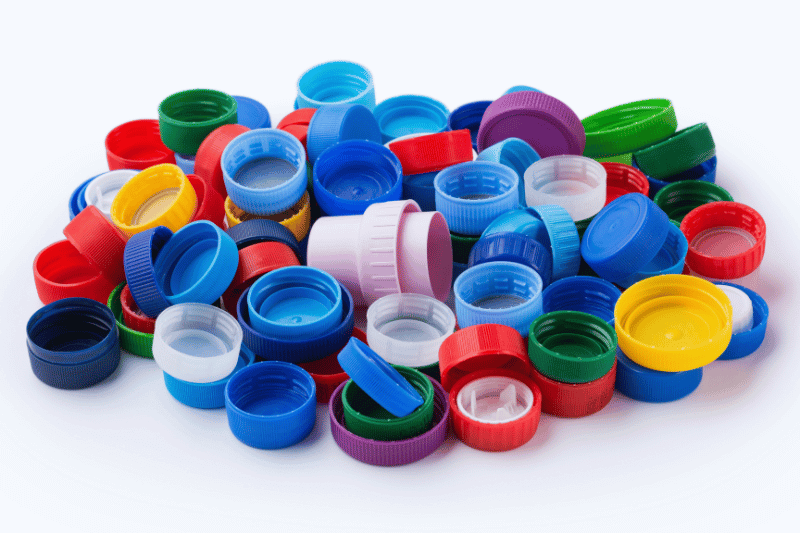
⚠️ Myth: Plastic bottle caps must be removed before recycling.
✅ Fact: Keep caps on—modern recycling facilities are designed to handle them.
In the past, bottle caps were made from different plastics and caused issues at sorting centers. But today’s recycling systems are built to separate caps from bottles during processing. In fact, removing the caps can cause them to fall through machinery and be lost to landfill.
Unless your local recycler says otherwise, twist the cap back on and recycle the whole bottle together. It’s better for plastic recycling efficiency—and helps reduce contamination.
Recycling Myth #4: You Must Remove Labels or Stickers Before Recycling
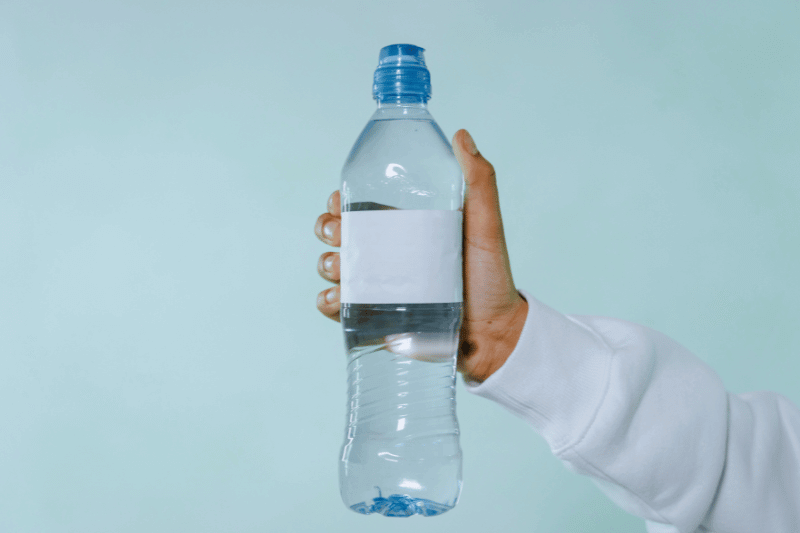
⚠️ Myth: Jars, cans, and containers must be label-free to be recycled.
✅ Fact: Most facilities don’t require you to remove paper labels or stickers.
Modern recycling systems are built to handle minor adhesives and label materials. During processing, labels are either burned off or separated mechanically. What matters far more is that your containers are free from food residue.
Skip the scraping—just give jars and cans a quick rinse before tossing them in the bin. Clean, not spotless, keeps the recycling stream efficient and contamination-free.
Recycling Myth #5: Recyclables Must Be Spotless to Be Accepted

⚠️ Myth: You need to scrub recyclables spotless or dry them before tossing them in the bin.
✅ Fact: Recyclables just need to be free of major food and liquid residue.
You don’t need to scrub or sanitize containers. A quick rinse to remove leftover soup, sauce, or crumbs is enough. Most recycling centers can handle minor traces of residue during processing.
What’s more important? Avoiding contamination. Soiled containers can ruin entire batches of recyclables. But going overboard with water use defeats the environmental purpose.
Rinse smart, not obsessively. Think “clean enough,” not “good as new.”
Recycling Myth #6: Shredded Paper Can Always Go in the Recycling Bin
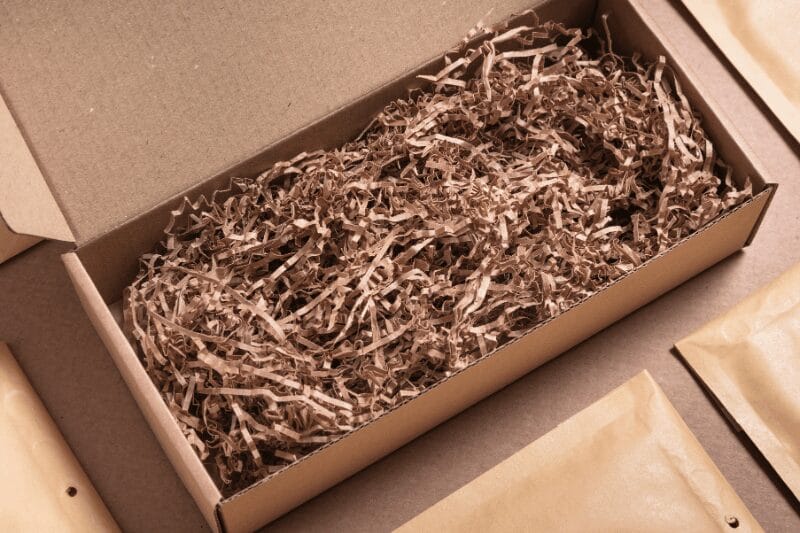
⚠️ Myth: Shredded paper is easily recyclable through your regular curbside program.
✅ Fact: Most recycling centers don’t accept shredded paper in loose form.
Tiny paper pieces clog sorting machines and often blow away or contaminate other recyclables. As a result, many curbside recycling programs reject shredded paper unless it’s bagged in a paper envelope or taken to a special drop-off site.
To recycle shredded paper properly, check your municipality’s recycling rules. Some offer dedicated bins or secure document shredding events.
Quick tip: If your local program doesn’t accept shredded paper, consider composting it instead.
Recycling Myth #7: Compostable or Biodegradable Plastics Can Go in the Recycling Bin
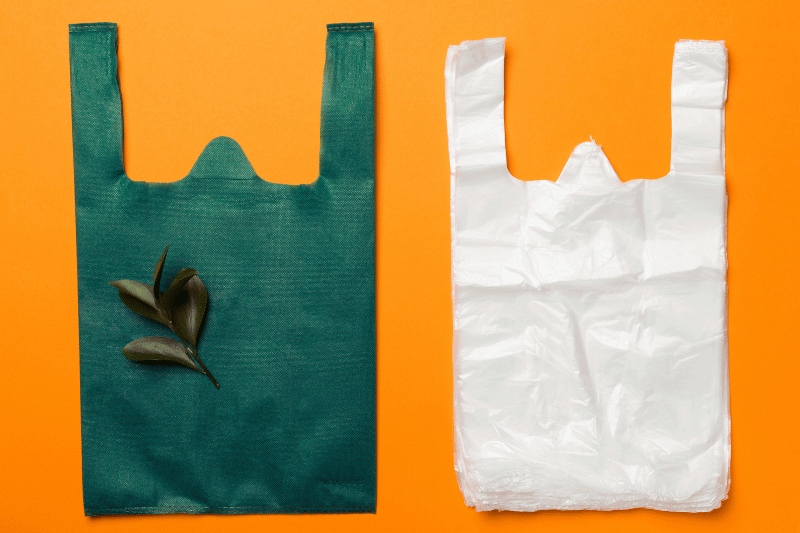
⚠️ Myth: If it says “biodegradable” or “compostable,” it’s fine to toss plastics in the recycling bin.
✅ Fact: Compostable plastics are not recyclable and can contaminate the recycling stream.
While compostable plastics might look like regular plastic, they’re made from plant-based materials designed to break down in controlled composting conditions—not in recycling facilities.
These materials can’t be processed alongside traditional plastics and may even ruin batches of recyclable items.
Municipal recycling programs are rarely equipped to handle these materials. Even some composting programs reject them unless labeled for commercial composting.
Recycling Myth #8: Disposable Paper Coffee Cups Are Fully Recyclable
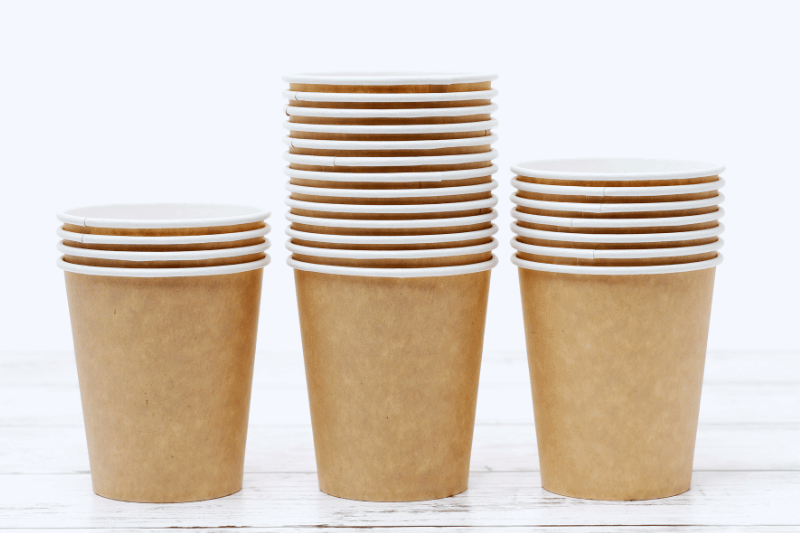
⚠️ Myth: Paper coffee cups can go straight into the recycling bin.
✅ Fact: Most disposable coffee cups aren’t recyclable through standard curbside programs.
Although they look like plain paper, most takeout coffee cups have a plastic lining that keeps them from leaking. This lining is fused to the paper, making the cups extremely difficult to process without specialized recycling facilities—which most cities don’t have.
Unless your area has a dedicated program for poly-coated paper products, these cups will likely end up in the landfill, even if you toss them in the blue bin with good intentions.
Recycling Myth #9: Black Plastic Can’t Be Recycled
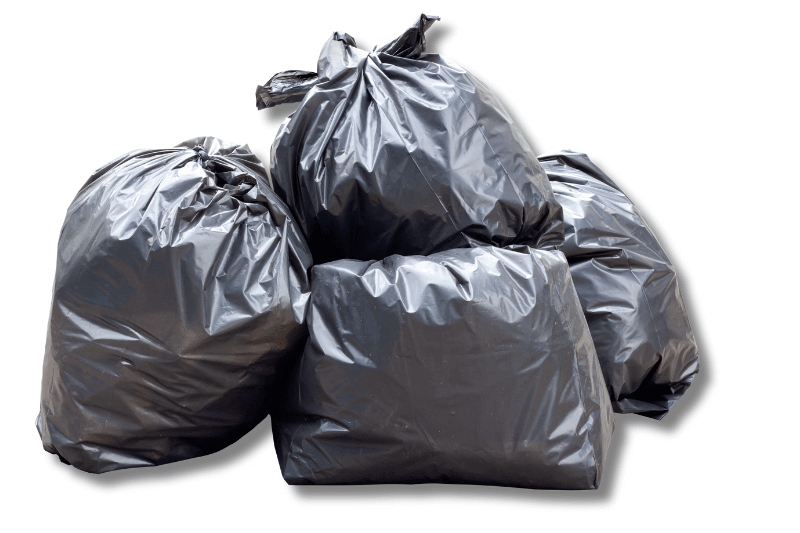
⚠️ Myth: Black plastic is completely non-recyclable and always ends up in landfills.
✅ Fact: Black plastic can be recycled, but it’s often rejected due to detection and market limitations.
Most recycling centers use optical sorters that rely on light reflection to identify plastic types. Black plastic absorbs light, making it difficult for machines to detect and sort properly.
Even when it’s sorted correctly, there’s often low demand for recycled black plastic, which limits its chances of being reused.
However, some advanced recycling facilities do have the technology to process it. So before tossing it out, check whether your local program accepts black plastic bags.
Recycling Myth #10: Crumpled or Slightly Dirty Aluminum Foil Can’t Be Recycled
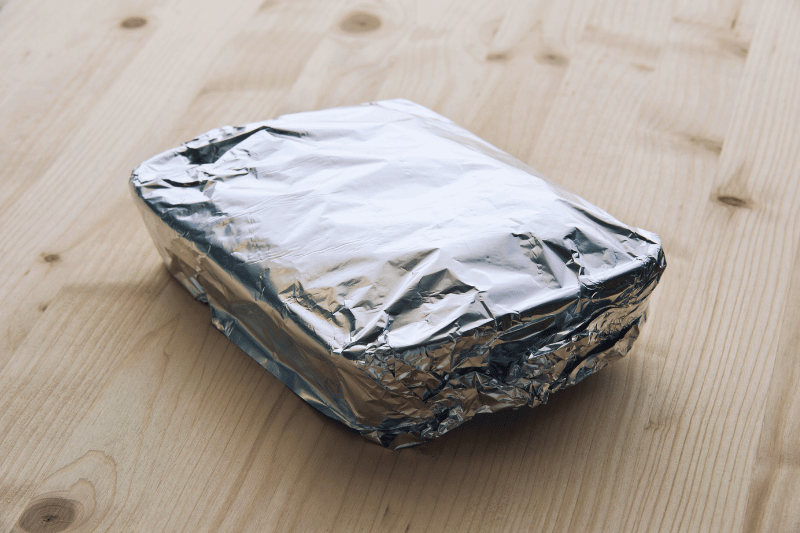
⚠️ Myth: If aluminum foil is crumpled or has a bit of food on it, it can’t be recycled.
✅ Fact: Aluminum foil is recyclable—if it’s clean and large enough to be processed properly.
Recycling centers often reject small or contaminated aluminum foil pieces. Crumpled foil isn’t the issue—size and cleanliness are.
Small scraps can fall through sorting machinery, and greasy foil can contaminate other recyclables.
Light food residue? Just give it a quick rinse. Then roll small pieces into a tight ball at least 2 inches in diameter to help sorting machines recognize it.
Tip: Always check if your local program accepts aluminum foil. Some require it to be bundled or dropped off at specific centers.
Recycling Myth #11: Paper Napkins and Tissues Belong in the Recycling Bin

⚠️ Myth: Used paper napkins and tissues can go in the recycling bin because they’re made of paper.
✅ Fact: Paper napkins and tissues are not recyclable—even when clean.
These items are made from low-grade paper fibers that are too short to be reused. Add in food, grease, or germs, and they become a contamination risk in the recycling stream. Most facilities reject them outright.
Even clean napkins degrade recycled paper quality and clog up processing equipment.
Recycling Myth #12: Plastic Bags Are Fine in the Curbside Recycling Bin
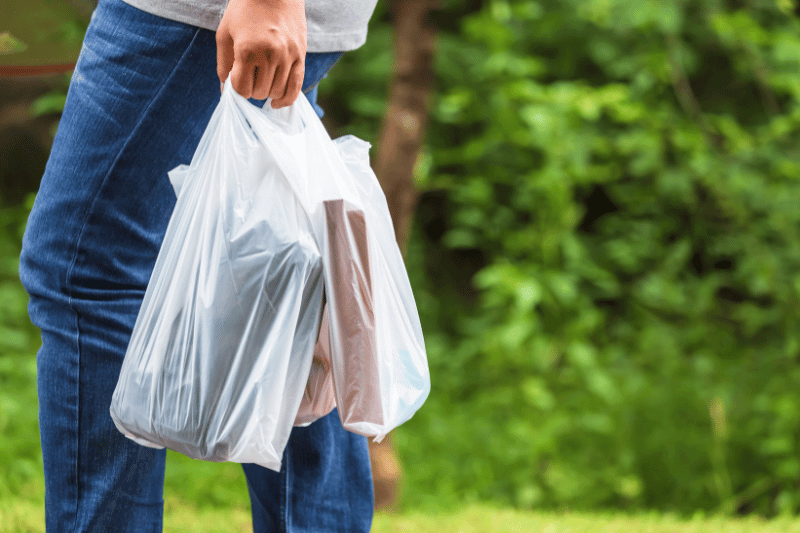
⚠️ Myth: You can toss plastic grocery bags into your curbside recycling bin.
✅ Fact: Plastic bags should never go in your curbside bin.
Plastic bags jam sorting equipment at recycling centers, causing shutdowns and costly repairs. Most local programs ban them for this reason. But that doesn’t mean they belong in the trash. Many grocery stores and retailers offer drop-off bins where plastic bags can be recycled properly.
Tip: Bundle clean, dry bags and return them to a participating store drop-off location. This keeps them out of landfills and helps prevent contamination in the recycling stream.
Recycling Myth #13: Tossing Non-Recyclables in the Bin Is Harmless—They’ll Just Get Sorted Out
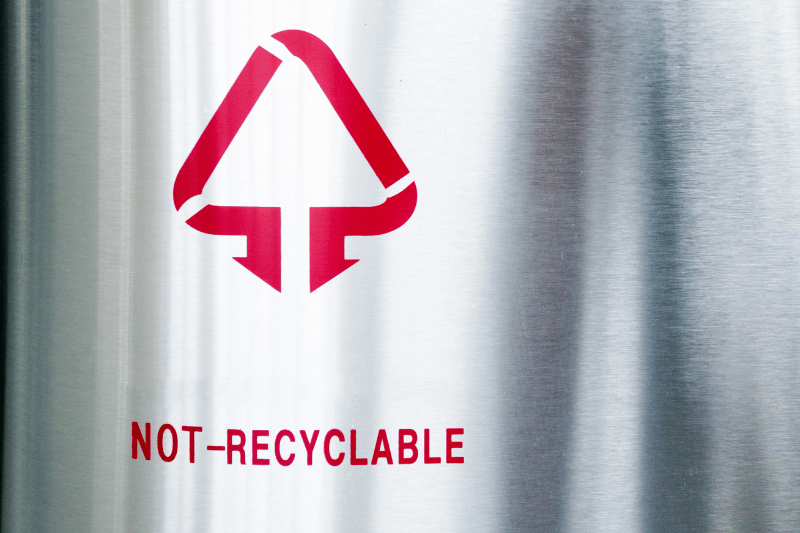
⚠️ Myth: Recycling centers can sort out non-recyclables, so putting them in the bin “just in case” is fine.
✅ Fact: Wish-cycling contaminates the recycling stream and causes more harm than good.
When non-recyclables enter the recycling system, they don’t just get plucked out—they often spoil entire loads of otherwise recyclable material. Contaminated batches are frequently rejected and sent to landfills.
This wastes resources, increases processing costs, and slows down the system.
If you’re unsure whether something is recyclable, don’t guess. Look up your local recycling guidelines or use tools like a recycling directory. A quick check helps reduce contamination and improves the effectiveness of your entire recycling program.
Recycling Myth #14: All Glass Items Can Be Recycled Like Bottles and Jars
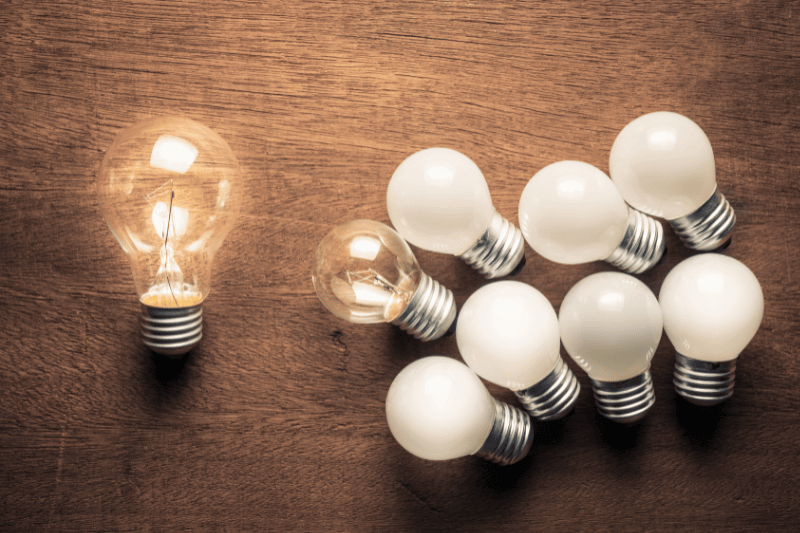
⚠️ Myth: Glass is glass—light bulbs, Pyrex, and glass cookware can all go in the recycling bin.
✅ Fact: Specialty glass items have different melting points and compositions, making them incompatible with standard glass recycling streams.
Items like incandescent bulbs, CFLs, Pyrex, and ceramic cookware are chemically different from beverage bottles or food jars. Mixing them can contaminate an entire batch of recycled glass. CFLs and fluorescent bulbs may also contain mercury, which makes them hazardous waste and requires specialized disposal.
Don’t assume all glass is recyclable. Use drop-off programs for specialty glass or hazardous waste facilities for mercury-containing bulbs. When in doubt, check your local recycling rules to keep your stream clean and safe.
Think Twice: Don’t Let Recycling Myths Sabotage Your Efforts
Believing common recycling myths—like assuming everything with a chasing arrows symbol is recyclable or that greasy pizza boxes must be trashed—can do more harm than good. These misconceptions lead to contamination, wasted resources, and lower recycling success rates.
The truth? Recycling isn’t one-size-fits-all. Every city has different rules. Before tossing anything into the bin, check your local guidelines and verify what’s truly recyclable.
By replacing myths with facts, you’ll recycle smarter, waste less, and help others do the same. When we all recycle right, the entire system works better—for our communities and the planet.
